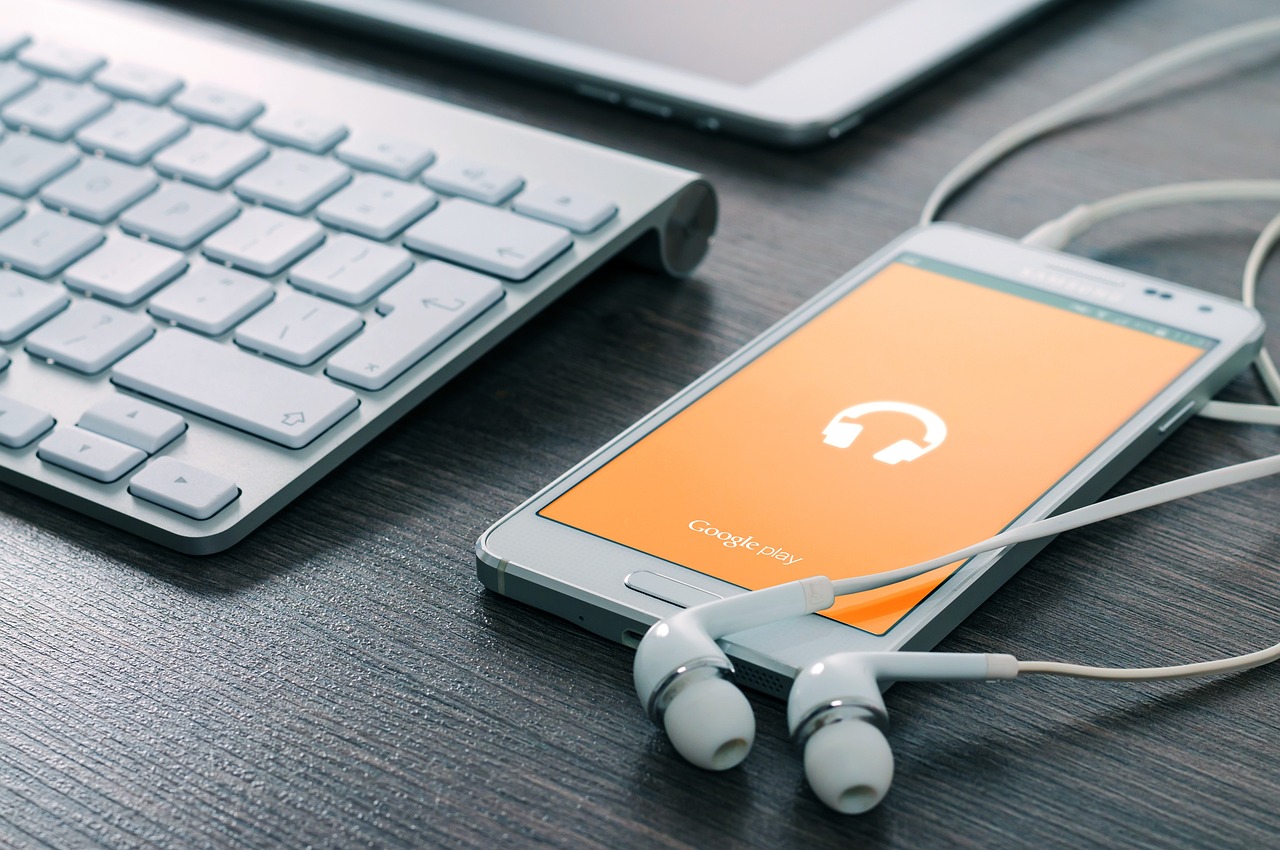In the realm of video screen measurement and calibration, the tool known as MobileForge has gained prominence. However, it is crucial to examine the limitations and capabilities of different devices when utilizing MobileForge. This article delves into the constraints associated with the iPhone, Galaxy smartphones, and Smart TVs. Symbolically, the iPhone represents a pioneer in the realm of mobile technology, and its limitations shed light on the challenges that arise when using MobileForge. Similarly, the Galaxy smartphones and Smart TVs provide unique insights into the complexities faced by users seeking to maximize the potential of MobileForge. The objective of this article is to provide a technical, precise, and detail-oriented analysis of the device limitations that affect the efficiency and effectiveness of MobileForge. By understanding these limitations, users can make informed decisions and leverage the full innovative potential of MobileForge for accurate and reliable video screen measurement and calibration.
Key Takeaways
- iPhone 4 has limitations in terms of video output and calibration capabilities, restricting its ability to fully optimize external devices.
- Galaxy S6/S6 Edge lacks physical video output, but can stream MobileForge test patterns to Google Chromecast for accurate measurement and calibration of external screens.
- Smart TVs offer various levels of calibration controls within their built-in streaming apps, which can enhance the calibration process and achieve more accurate results.
- Future advancements in smart TV technology are expected to bring more sophisticated calibration options and improved user experience for accurate video screen measurement and calibration.
Device Limitations with MobileForge: iPhone
The iPhone 4 has the limitation of only supporting video output and not producing test patterns to an external video screen, although it is capable of measuring the iPhone 4 screen with MobileForge. This means that while users can assess the display quality of their iPhone 4 screen using MobileForge, they are unable to generate test patterns for external video screens. This limitation restricts the iPhone 4’s ability to fully calibrate and optimize the visual performance of external devices. However, it is important to note that the iPhone 4S, a more advanced model, does offer the capability to output still images through a video output adapter. This allows users to utilize MobileForge for measuring or calibrating an external video screen, enabling a more comprehensive assessment of display quality.
Device Limitations with MobileForge: Galaxy
Streaming to a Google Chromecast device is the only option for displaying MobileForge test patterns on an external video screen with the Galaxy S6/S6 Edge. This device lacks a physical video output connection, making it unable to directly connect to an external display. However, by utilizing the streaming capabilities of the Galaxy S6/S6 Edge, users can stream the MobileForge test patterns to a Google Chromecast device, which in turn will display the patterns on the external video screen. This innovative solution allows for accurate measurement and calibration of the external video screen using MobileForge. It is important to note that this method bypasses the TV’s physical video inputs, and therefore, calibration controls for the TV’s built-in streaming app input may or may not be available. Overall, this limitation can be overcome by leveraging the streaming capabilities of the Galaxy S6/S6 Edge and a Google Chromecast device.
Device Limitations with MobileForge: Smart TV
One possible way to overcome the challenges associated with using MobileForge on a Smart TV is to explore alternative calibration controls within the TV’s built-in streaming app. This can provide an opportunity to fine-tune the video settings and achieve more accurate calibration results. However, it’s important to note the limitations of using MobileForge in this context. The MobileForge test patterns bypass the TV’s physical video inputs when streamed directly, which means that the HDMI video inputs cannot be calibrated using MobileForge test patterns through the TV’s built-in streaming app. Additionally, the availability of calibration controls within the streaming app may vary depending on the smart TV model. It is crucial to thoroughly explore and understand the options available within the TV’s streaming app to optimize the calibration process.
- Some smart TVs may offer advanced calibration controls within the streaming app, allowing users to adjust parameters like gamma, color temperature, and color balance.
- Limited calibration controls within the streaming app may restrict the ability to achieve precise calibration results.
- The absence of calibration controls within the streaming app may require using an external calibration device or seeking alternative calibration methods.
- Smart TVs with comprehensive calibration controls within the streaming app can facilitate a more convenient and efficient calibration process.
- Continuous innovation in smart TV technology may lead to future advancements in calibration options within the built-in streaming apps, providing users with more sophisticated calibration capabilities.

